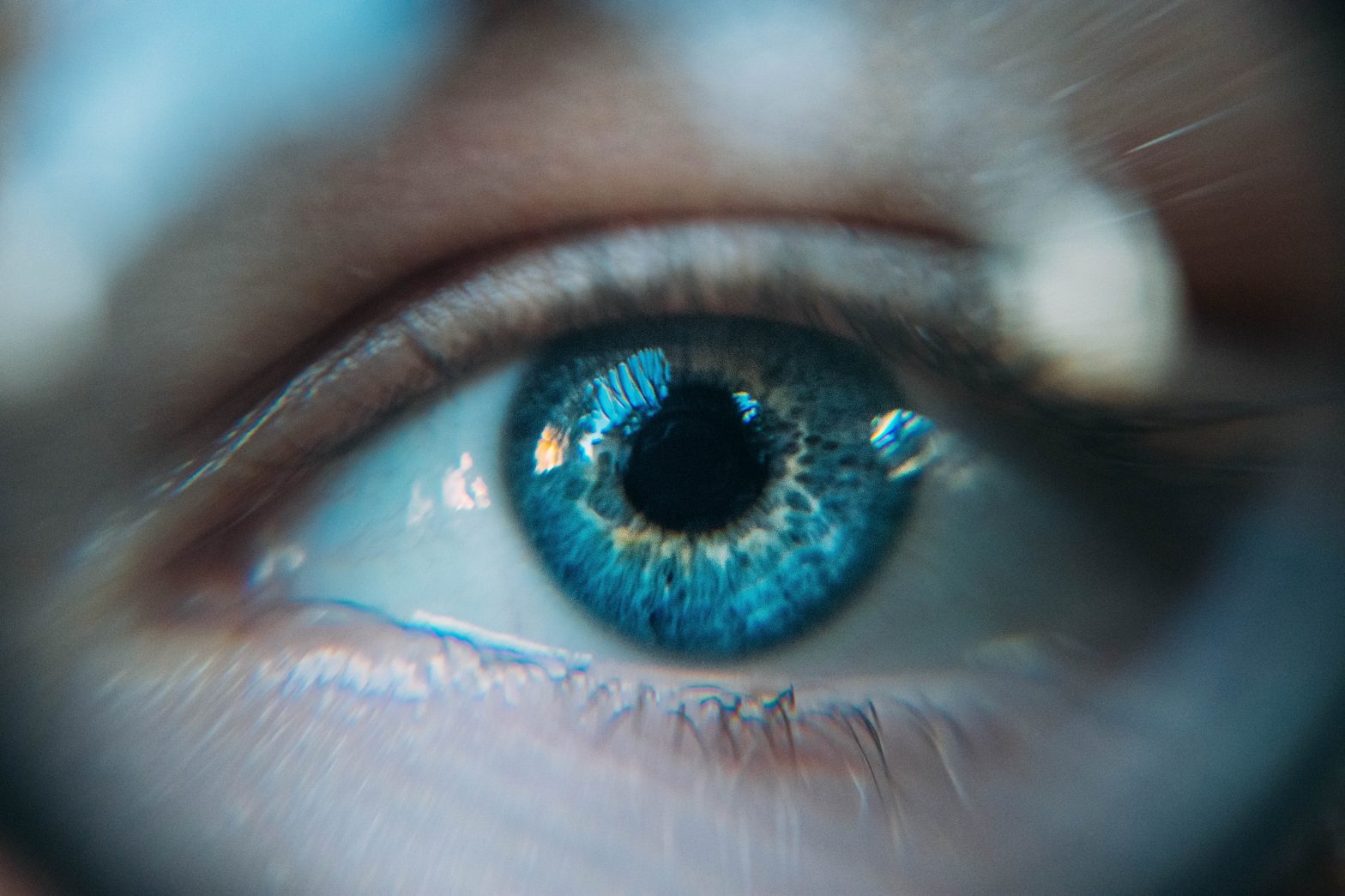Purpose: To compare the incidence of complications between manual and femtosecond-laser assisted surgery for intrastromal corneal ring segments (ICRS) implantation. Material and methods: This study included keratoconus patients who had ICRS implantation using manual dissection and using the femtosecond laser with a minimum follow-up of 12 months. Uncorrected (UDVA) corrected (CDVA) distance visual acuity (CDVA), refraction, corneal topography and aberrometry, pachymetry map and slit-lamp microscopy were assessed before and after surgery. Results: The study included 265 eyes in the manual group and 111 in the femtosecond laser group. In the manual group, there were complications in 48 eyes (18.11%); while in the femtosecond laser 4 eyes had a complication (3.6%). In the manual group, the most frequent complications were ICRS exchange/adjustment for visual and refractive enhancement (25 eyes; 9.43%) and late ICRS spontaneous extrusion (15 eyes; 5.66%). In the manual group, 81.25% of complications were observed during the first 3 years of surgeon’s experience. Eyes who suffered a complication had preoperatively higher mean refractive (p=0.002) and topographic cylinder (p=0.003) and lower UDVA (p= 0.005) and CDVA (p=0.002). After a second surgical procedure for complication management visual, refractive and topographic outcomes significantly improved. Conclusion: Manual mechanical ICRS surgery shows a higher rate of intra- and postoperative mechanical and refractive complications when compared to femtosecond laser assisted technique. The incidence is specially higher during the surgeon’s first years of implementation of the technique.

